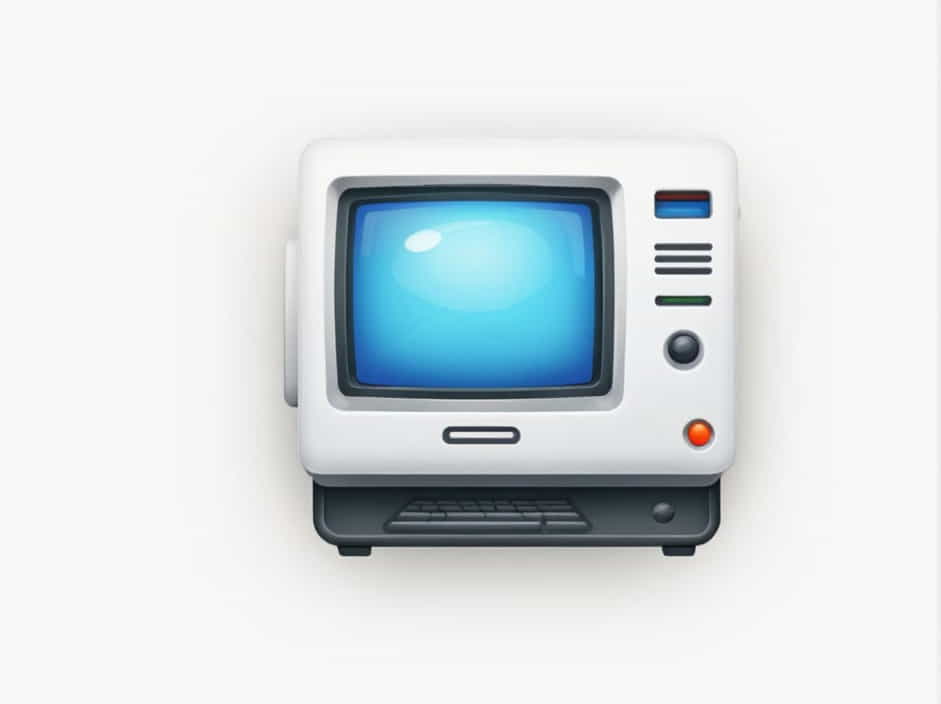Personal computers, often referred to as microcomputers, have revolutionized modern life. These devices are used for work, education, communication, entertainment, and more. But why are personal computers also called microcomputers? The answer lies in their history, functionality, and technological advancements.
This topic will explore the meaning of microcomputers, their evolution, components, types, and their role in today’s digital world.
1. What Is a Microcomputer?
A microcomputer is a small, single-user computer that operates with a microprocessor as its central processing unit (CPU). These computers are designed for individual use, making them accessible and versatile for various applications.
1.1 Definition of Microcomputer
A microcomputer is any computer that uses a microprocessor to perform tasks. Unlike mainframes or minicomputers, which serve multiple users simultaneously, a microcomputer is intended for personal use.
1.2 Why Personal Computers Are Called Microcomputers
Personal computers (PCs) are called microcomputers because they use a microprocessor as their CPU. This distinguishes them from older, larger computers that relied on multiple processors or large, complex circuitry.
2. The Evolution of Microcomputers
2.1 Early Development
The first microcomputers appeared in the 1970s when advancements in semiconductor technology allowed for the creation of microprocessors. These early models were simple, with limited processing power and memory.
2.2 The Rise of Personal Computers
In the 1980s and 1990s, microcomputers became widely available due to companies like IBM, Apple, and Microsoft. The introduction of graphical user interfaces (GUIs) and powerful software made personal computing easier for the average user.
2.3 Modern Microcomputers
Today’s microcomputers, including desktops, laptops, and tablets, are highly advanced. They feature multi-core processors, high-speed storage, and powerful graphics capabilities, making them suitable for gaming, business, and creative work.
3. Components of a Microcomputer
Every microcomputer, or personal computer, consists of essential hardware and software components.
3.1 Hardware Components
- Microprocessor (CPU) – The brain of the computer that processes data.
- Memory (RAM) – Temporary storage that allows quick access to data.
- Storage Devices (HDD/SSD) – Permanent storage for files and programs.
- Motherboard – The main circuit board that connects all components.
- Power Supply Unit (PSU) – Converts electricity into usable power for the computer.
- Input Devices – Includes keyboard, mouse, and touchscreens.
- Output Devices – Includes monitors, printers, and speakers.
3.2 Software Components
- Operating System (OS) – Software that manages hardware and applications (e.g., Windows, macOS, Linux).
- Application Software – Programs used for tasks like word processing, web browsing, and gaming.
- Firmware – Software embedded into hardware components for essential functions.
4. Types of Microcomputers
Microcomputers come in various forms, each designed for specific uses.
4.1 Desktop Computers
Desktops are stationary microcomputers with separate components, such as a monitor, CPU tower, keyboard, and mouse. They are powerful and customizable, making them ideal for work, gaming, and creative tasks.
4.2 Laptops
Laptops are portable microcomputers that combine all components into a single unit. They offer flexibility and convenience for users who need computing power on the go.
4.3 Tablets
Tablets are lightweight, touchscreen-based microcomputers. They are perfect for media consumption, online browsing, and light productivity tasks.
4.4 Mini PCs and Single-Board Computers
Mini PCs are compact versions of desktops, offering basic computing capabilities in a small form factor. Single-board computers like Raspberry Pi are used for learning, programming, and DIY projects.
5. Uses of Microcomputers in Everyday Life
Microcomputers are integral to modern society and are used in various fields.
5.1 Home and Personal Use
People use microcomputers at home for web browsing, social media, online shopping, and entertainment.
5.2 Education
Schools and universities rely on microcomputers for research, learning management systems, and digital assignments.
5.3 Business and Work
Microcomputers are essential for office work, communication, data processing, and project management.
5.4 Gaming and Entertainment
High-performance microcomputers support gaming, video streaming, and content creation.
5.5 Healthcare
Hospitals use microcomputers for patient records, medical imaging, and research.
6. Advantages of Microcomputers
Microcomputers offer numerous benefits that make them popular worldwide.
6.1 Affordability
Compared to larger computer systems, microcomputers are cost-effective and accessible to individuals and businesses.
6.2 User-Friendly
Modern microcomputers come with intuitive operating systems and interfaces that make them easy to use.
6.3 Versatility
Microcomputers can handle a wide range of tasks, from simple word processing to complex data analysis.
6.4 Connectivity
With internet access, microcomputers enable communication, online collaboration, and remote work.
6.5 Compact and Energy-Efficient
Unlike older computer systems, microcomputers are smaller, consume less power, and fit easily into different workspaces.
7. The Future of Microcomputers
Technology is constantly evolving, and microcomputers continue to improve with each advancement.
7.1 Faster and More Powerful Processors
Future microcomputers will feature more efficient and powerful processors, improving speed and multitasking capabilities.
7.2 Artificial Intelligence Integration
AI-powered microcomputers will enhance automation, speech recognition, and decision-making processes.
7.3 Cloud Computing and Virtualization
Microcomputers will rely more on cloud storage and virtual environments, reducing the need for large local storage.
7.4 Sustainability and Energy Efficiency
Advancements in green computing will lead to energy-efficient microcomputers with minimal environmental impact.
Personal computers are also called microcomputers because they rely on microprocessors for computing tasks. Over the years, microcomputers have evolved from basic machines to powerful, multifunctional devices used in all aspects of life.
From desktops and laptops to tablets and mini PCs, microcomputers continue to shape the digital age. As technology advances, microcomputers will become even more powerful, efficient, and essential for work, education, and entertainment.
